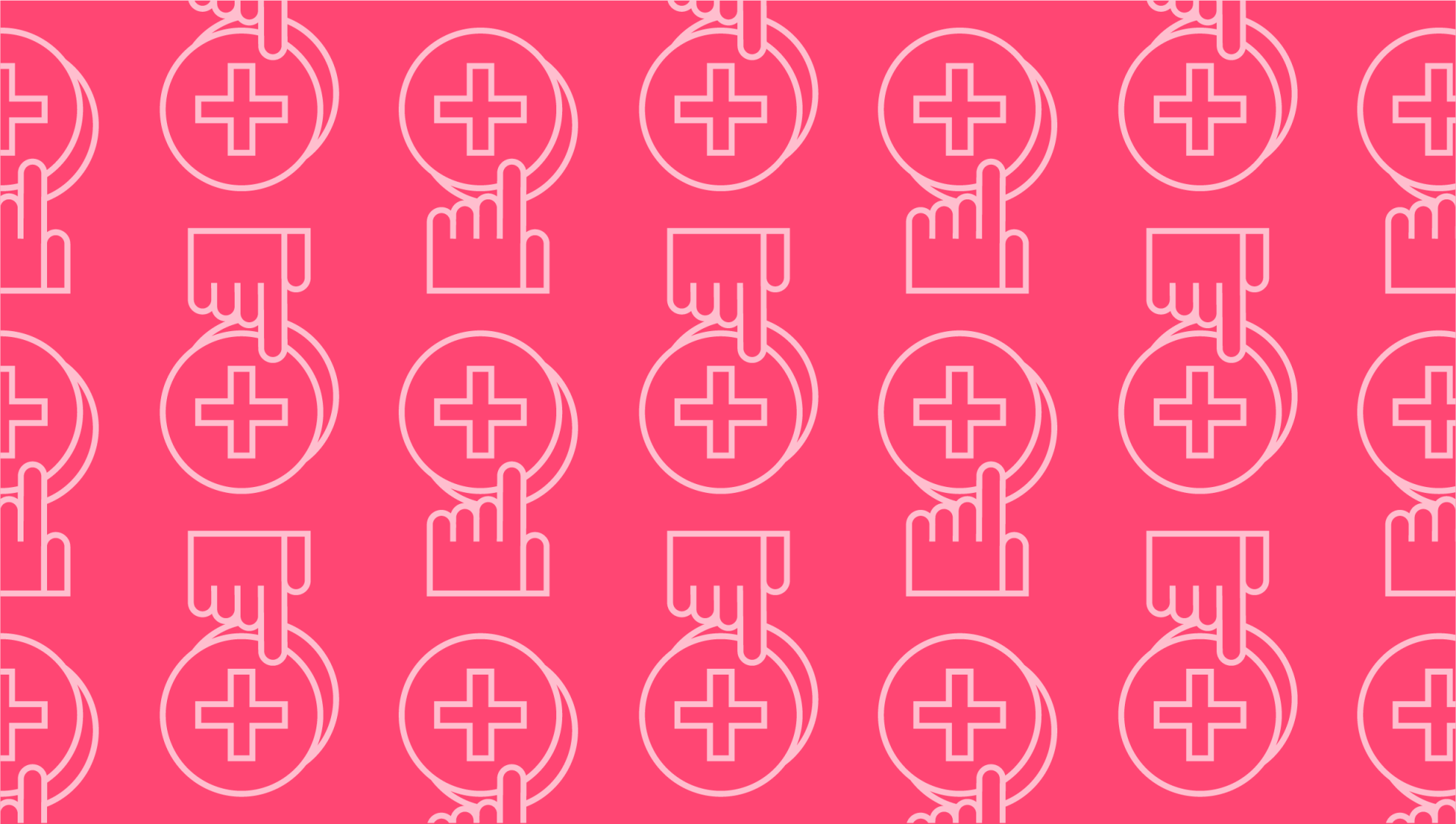Last editedMay 20232 min read
With cards, cash, online bank transfers and more, customers are spoiled for choice at the checkout. When you’re deciding which online payment methods to offer your customers, have you thought about installment plans? Unlike a loan, paying by installment doesn’t require any complicated credit checks or interest payments. Yet they can achieve the same goal of encouraging customers to spend more through paying off a bill in small, manageable chunks. Here’s how to accept installment payments, whether you prefer to do it directly or with third-party help.
What are installment payments?
Let’s start with the big question: what are installment payments, anyway? This term simply refers to any plan allowing customers to pay off the cost of a purchase in a series of smaller installments. It’s commonly used to pay for big-ticket items like cars, which you pay off over time. All payment terms are presented at the time of purchase so that both buyer and seller are in full agreement. Payments might be made weekly, monthly, quarterly, or on an ad hoc basis according to these terms.
Buy now, pay later (BNPL) services like Affirm, Afterpay, and Klarna have cornered the market on facilitating easier installment payments. You can integrate these payment services directly into your checkout page. When a customer checks out, your business is paid up front and the customer repays the BNPL provider in a series of installments (typically four).
How to ask for installment payments
To keep your payment process on track, you’ll need to issue an invoice to the customer whenever an installment is due. This should show how much is owed, the due date, and the outstanding balance to repay.
There are plentiful benefits associated with asking for installment payment, both from the buyer’s and seller’s end. Businesses enjoy increased sales and revenue, while consumers enjoy greater flexibility and the ability to purchase more costly items in an affordable way. This in turn can improve cash flow while improving customer loyalty.
How to accept installment payments with BNPL
One of the first ways to accept installment payments is through third-party services, including BNPL providers like those we’ve mentioned above. Services like Klarna and Afterpay are simple to use, integrating directly into your online storefront. They’re provided to the buyer at checkout as an option alongside others like cards and mobile wallets.
PayPal now also offers a “Pay Later” button that you can integrate into checkout. When a customer chooses these options, the merchant is still paid at the time of the transaction. The shopper is redirected to the installment provider’s site, where they need to create an account. They’ll see the terms of the payment plan and make repayments directly to the BNPL service.
How to accept installment payments with recurring billing
If you already use invoicing or billing software, you can set up installment payments directly. Invoicing software lets you set up partial payments at no additional cost by setting up a recurring sales receipt with all relevant details. Simply add the customer’s details and issue automatic invoices with existing templates. Once authorized by the customer, payments are taken automatically.
GoCardless makes it easy to collect installment payments using ACH debit. Pull recurring payments on the day they’re due directly from customer bank accounts according to your agreed-upon terms and conditions. GoCardless partners with over 350 integrations, including the GoCardless for Xero service. This lets you split single Xero invoices into a series of payments over time, all customized both in amount and frequency. Everything’s automated to make it convenient for customer and business alike, eliminating the awkwardness of chasing up on payments.
We can help
GoCardless is a global payments solution that helps you automate payment collection, cutting down on the amount of financial admin your team needs to deal with. Find out how GoCardless can help you with one-off or recurring payments.

